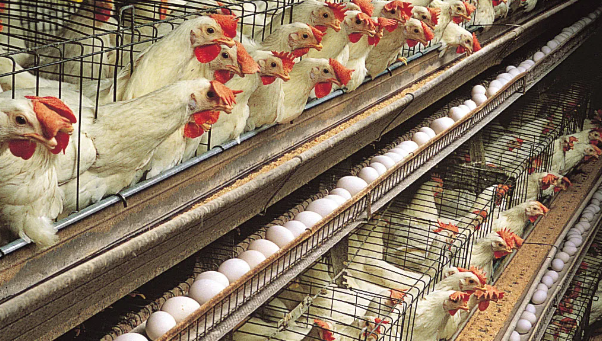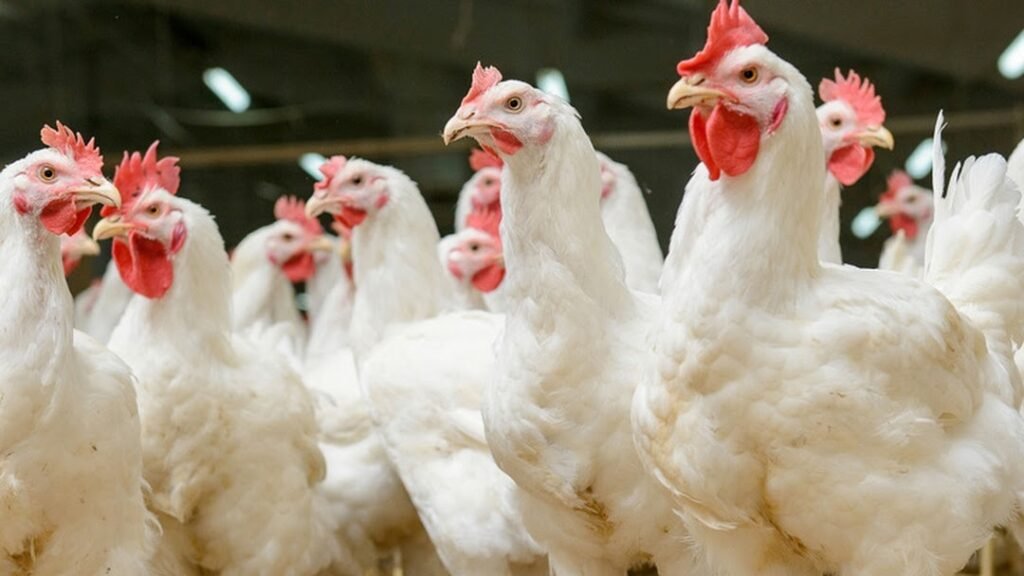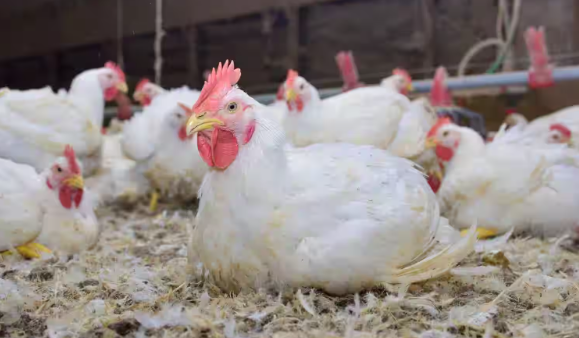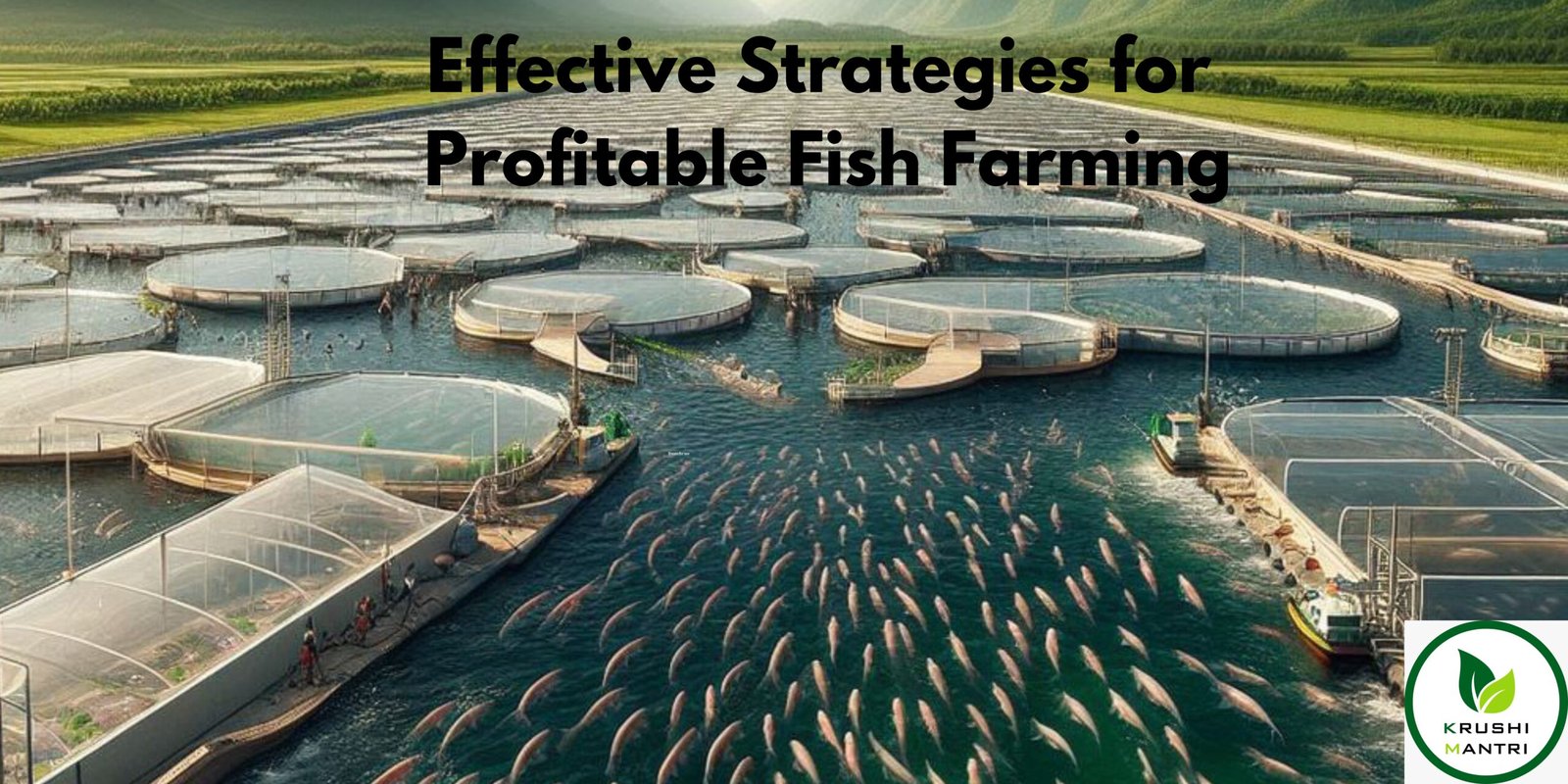500 Layer Chicken Farming Project Model
Layer farming involves raising poultry birds primarily for egg production. The farming process is divided into four stages: brooding, growing, pullet, and layering. The layer phase begins when chickens are around 20 weeks old, marking the start of egg production. Chickens are given specialized layer feed to ensure optimal productivity and transferred to laying quarters at around 18 weeks. The laying period spans up to 120 weeks, after which flocks are typically replaced due to diminishing egg output.
Efficient management is crucial for maintaining a consistent egg supply to meet market demand. This report serves as a guide to developing a successful 500-layer chicken farming model.
Scope and National Importance of Layer Chicken Farming
Poultry farming is one of the fastest-growing agricultural segments in India. Layer farming, particularly for egg production, plays a significant role in meeting the nation’s food needs. India ranks third globally, producing about 3.8 billion kilograms of eggs annually. The leading egg-producing states are Andhra Pradesh, Tamil Nadu, Haryana, Maharashtra, and Punjab.
Layer farming is gaining popularity due to low production costs and increased demand for eggs. Only 6% of the eggs produced in India are processed for export, signaling a vast domestic market. Additionally, advancements in poultry breeding, farm management, vaccines, and disease control have significantly improved egg yield and reduced mortality rates.
Types of Layer Breeds
Layer hens are generally classified into two categories based on the color of their eggs:
- White Egg-Laying Hens: These hens are smaller, consume less feed, and lay white eggs. Common white egg-laying breeds include Isa White, Lehman White, Nikchik, and Hi-line White.
- Brown Egg-Laying Hens: Larger than white egg layers, these hens consume more feed and lay larger, brown-shelled eggs. Popular breeds include Isa Brown, Lehman Brown, Bab Cock BV-380, and Hi-line Brown.
Choosing the Right Breed
| Breed | Egg Production | Egg Size | Temperament |
|---|---|---|---|
| White Leghorn | High | Medium | Active, flighty |
| Rhode Island Red | Moderate | Large | Friendly, docile |
| Sussex | Moderate to High | Large | Calm, friendly |
| Plymouth Rock | Moderate | Medium | Friendly, hardy |
The choice between white and brown egg layers depends on consumer preference and market demand.

Egg Production in Layer Poultry Farming
Egg production rates depend on farm management and the care provided to the birds. Typically, 5% of hens start laying by 20 weeks of age, with peak production occurring between 26 and 30 weeks. Hens continue producing eggs until around 120 weeks of age, though the rate and size of the eggs increase steadily up to 50 weeks.
| Factors Influencing Production | Description |
|---|---|
| Breed | Different breeds have varying production rates. |
| Age | Peak production is usually between 6 months to 2 years. |
| Nutrition | Proper diet directly affects egg quality and quantity. |
| Light Exposure | Consistent light exposure can enhance laying frequency. |
After a period of maximum egg production, hens may stop laying for a few days, after which production resumes at a reduced rate. Proper nutrition and environmental management are key to ensuring high productivity and profitability.
Egg Collection Methods
Egg collection is critical to maintaining product quality. In a deep litter system, eggs should be collected five times a day, while in a cage system, twice daily is sufficient. Egg roll-out trays can help in efficient collection. After collection, any dirt or stains on eggs should be washed, and the eggs should be refrigerated to prevent bacterial contamination.
Financial Assistance for Layer Poultry Farming
Farmers can obtain financial assistance from banks, with refinance facilities from NABARD for starting a layer poultry farm. Banks offer loans for:
- Construction of poultry sheds and necessary infrastructure.
- Purchase of equipment (feeders, waterers, etc.).
- Procurement of day-old chicks.
- Working capital needs for feed, medicine, and veterinary services.
The cost of purchasing land can be considered part of the farmer’s margin, up to 10% of the total project cost.

Scheme Formulation for Bank Loan
Before applying for a bank loan, farmers should consult local technical experts or commercial hatcheries. A visit to progressive layer farms is recommended to understand profitability. The project proposal should include:
- Details of land, water, and electricity facilities.
- Capacity of the farm and estimated expenses.
- Anticipated income and profit.
- Bank loan requirements and repayment terms.
Feed Management in Layer Poultry Farming
Proper feed management is crucial for maximizing egg production. High-quality, balanced feed should be provided from 17 weeks of age. The feeder should be regularly cleaned to prevent contamination, and proper storage is essential to avoid feed spoilage.
| Feed Type | Nutritional Content |
|---|---|
| Starter Feed | High protein (20-24%) for chicks. |
| Grower Feed | Moderate protein (16-18%) for young layers. |
| Layer Feed | Balanced diet with calcium for egg production. |
Key factors influencing feed management include body weight, production rate, egg size, and environmental conditions. Farmers should consult experts for appropriate feed formulations for different stages of the hens’ lifecycle.
Business Plan for 500 Birds
A business plan for a 500-bird layer farm should consider various factors such as farm management, feed quality, and disease prevention. Proper vaccination and feed strategies can lead to high egg production and profitability. The following is an outline of the potential capital and recurring expenditures for a 500-bird farm.

Capital and Recurring Expenditure Breakdown
Capital Expenditure:
- Brooder and Rearing Shed (800 sq. ft.): ₹72,000
- Poultry Equipment (Feeders, Waterers, etc.): ₹12,500
- Miscellaneous Power and Administrative Costs: ₹1,230
- Electrification (4% of Civil Work): ₹3,000
Total: ₹88,750
Recurring Expenditure:
- Day-old Chicks (500 birds): ₹25,000
- Feed Cost per Cycle: Estimated based on farm management.
Conclusion
A well-managed layer poultry farm with 500 birds can be a profitable venture, provided that proper feed management, vaccination, and farm hygiene practices are followed. With financial assistance from banks and guidance from poultry experts, farmers can successfully operate a layer farming business to meet growing egg demand.









